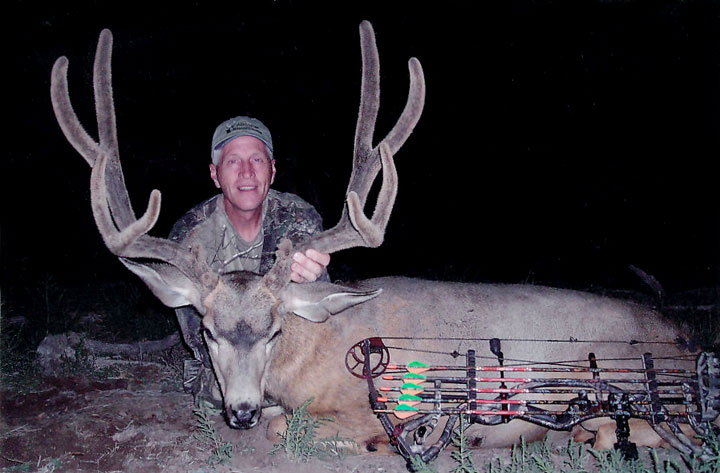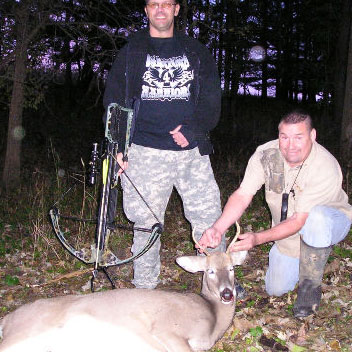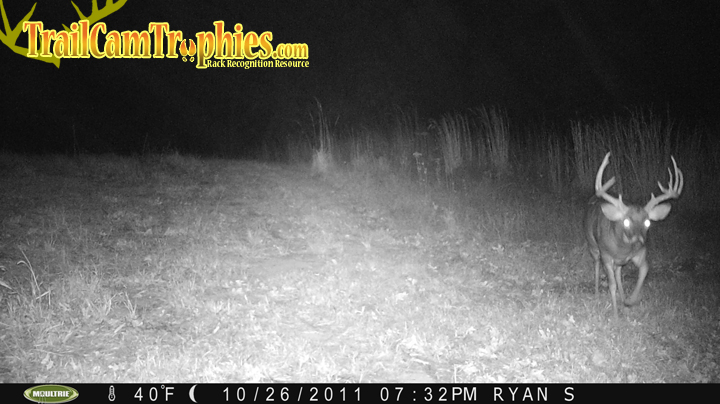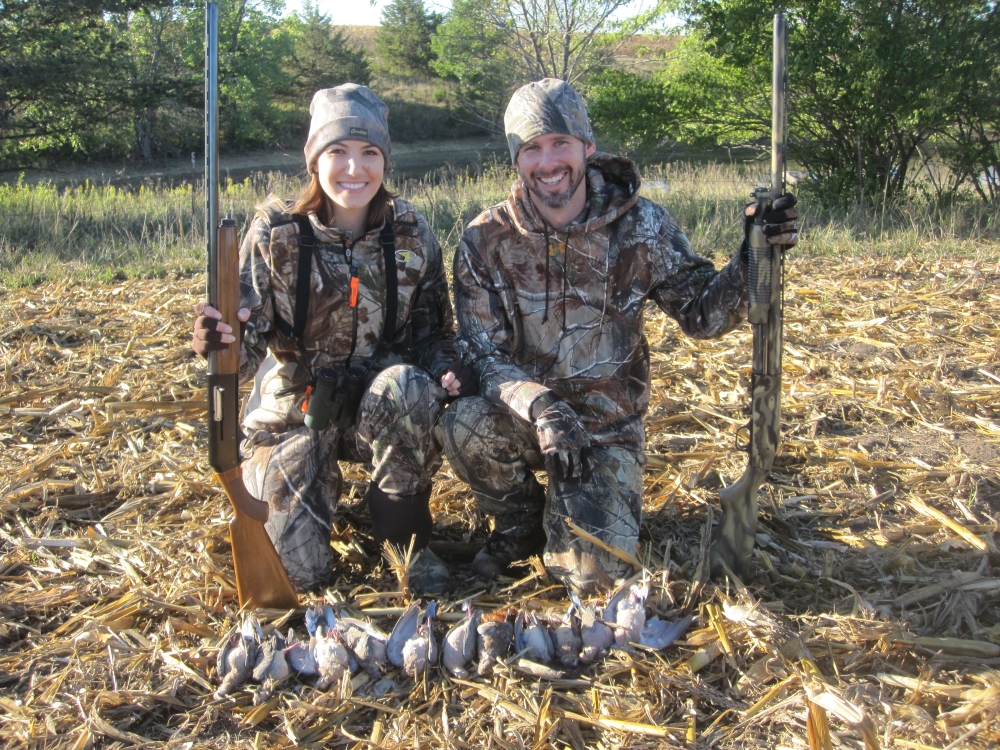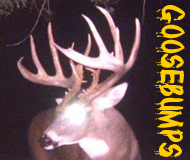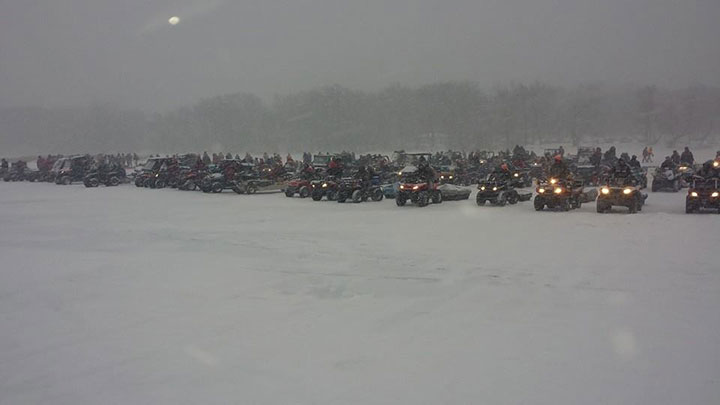Now is the time to get those trail cameras set for the loads of deer activity in weeks ahead. The bucks are starting to light up the scrapes and rubs, chasing unwilling does and covering more ground than any other month. Your trail cameras need to be in these key locations for catching all the great action of the whitetail rut.
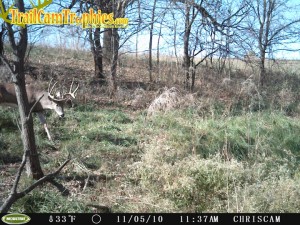 Rubs & Scrapes
Rubs & Scrapes
Scrapes and rubs will be visited the most early in the month. Look for fresh scrapes near food sources and bedding areas, these will provide you with the most buck activity. Rubs are also a great opportunity to get your buck on trail camera, as multiple bucks will freshen up these rubs throughout the rut. A trail camera placed at these locations should be positioned to get a broadside picture of the buck. Setting your trail camera on burst mode should provide you with clearer photos as bucks will constantly be moving on these locations. By applying some buck urine to the area, you will be able to entice even more buck activity in front of your camera.
Food Sources
Food will be what is on the does’ minds as the colder weather of November sets in. You might need to do a little scouting and find the source they are using at the time. Throughout the month, these areas can change so keep the camera on the fields with the most deer activity. Bucks will be seeking out hot does throughout the month and know to find does near food. Place your camera near a major entrance or exit trail of the food source. In bigger fields, try looking for areas with the most deer sign. Place your camera along the field edge, facing the field. Setting your camera on plot watcher mode will give you a better idea of all the deer using the field. Position the camera so the major area of the field is in the background of the photo. This will allow you to get a better idea of the deer on the field, as one deer sets the camera off, the photo will also catch any deer in the background.
 Ridge Tops
Ridge Tops
During the rut, bucks will travel ridge tops seeking out does. These ridge tops provide the bucks with the best view and smells of nearby bedding areas. Place your camera along well-used ridge tops connecting doe bedding areas. Covering ridge tops with a trail camera can be difficult, so look for spots areas where the ridge narrows. This will give the best chance of getting any passing bucks closer to your camera. Remember to place your camera at a 45-degree angle facing down the trail, as this will allow the camera enough time to capture the photo.
Travel Corridors
During November, areas can be buck highways for the rut and a well-placed trail camera can get you loads of pictures. Look for major trails between bedding areas or near food sources. To get that perfect photo, try spraying or pouring a little deer scent 10 yards directly on front of the camera. This will stop most bucks just for enough time to get that clear photo. This camera location will provide you with photos of bucks you have never seen before or will rarely see again. Two years ago we captured a photo of buck on one of our trail cameras whose core area was more than a mile way!
Placing your camera in these locations will provide you with the more buck photos than any other month. You may only get one picture of that buck you’ve never seen before, but at least you will know he is around and be able to use this information toward your hunting strategies. I like to place my cameras near tree stands this time of the year, as it provides me with the opportunity to check cameras while I hunt. If I find an area that is working really well, I will leave the camera out all month; if the area is dead, I will move the camera as soon as I can. It seems to be I either let a camera sit all November in one location or I move the camera once a week. Remember, you won’t capture any of the amazing whitetail rut with your camera stored away for the year.

